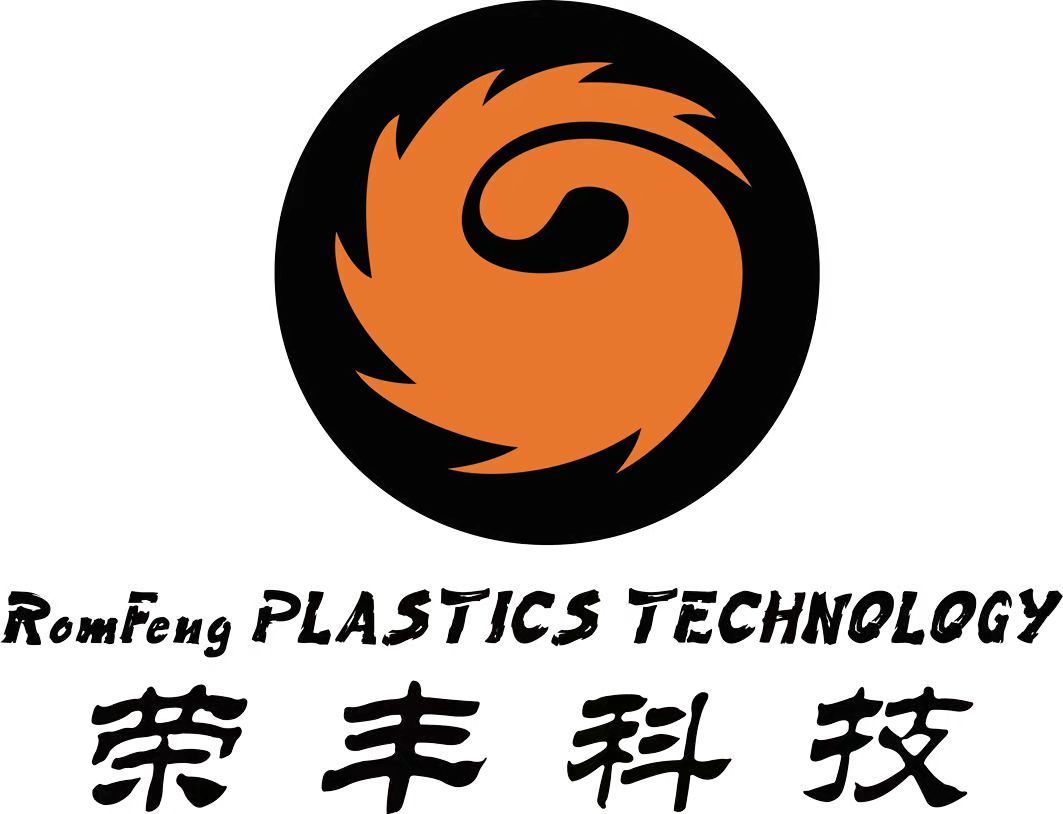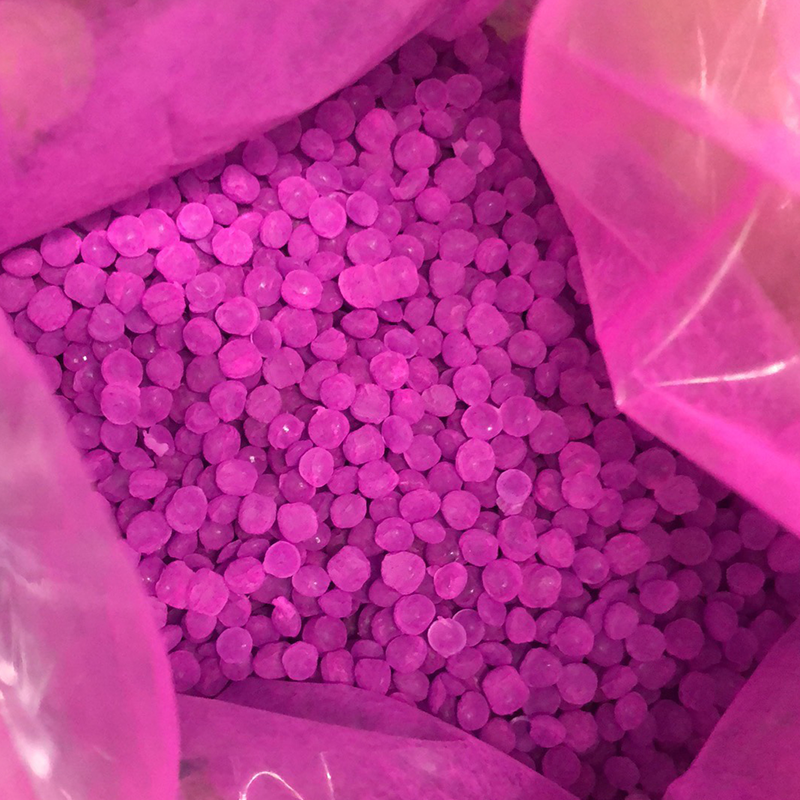How Anti Fog Masterbatch Revolutionizes Plastic Applications: The Future of Clarity in Polymer Technology
Release time:
2025-05-29 14:20
Source:
How Anti Fog Masterbatch Revolutionizes Plastic Applications
Introduction to Anti-Fog Masterbatch
Anti-fog masterbatch has emerged as a groundbreaking solution in the field of plastics, addressing a common problem faced in various applications: fogging. This phenomenon, characterized by the formation of condensation on plastic surfaces, can hinder visibility and reduce the effectiveness of products ranging from food packaging to automotive components. By incorporating anti-fog masterbatch, manufacturers can significantly enhance the performance and usability of their plastic products.
The Science Behind Anti-Fog Masterbatch
To appreciate how anti-fog masterbatch works, one must understand the science behind fog formation. Fogging occurs when moisture condenses on a cooler surface, resulting in small droplets that scatter light. Anti-fog masterbatch utilizes specially formulated additives that reduce surface tension, allowing water to spread into a thin, even layer instead of forming droplets.
Key Components of Anti-Fog Masterbatch
Anti-fog masterbatch typically contains hydrophilic (water-attracting) agents that facilitate moisture spreading. Common components include:
- **Surfactants**: These compounds lower the surface tension of water, promoting a uniform film over the plastic.
- **Polymers**: They enhance the compatibility of the masterbatch with the base polymer, ensuring effective dispersion during the manufacturing process.
- **Additives**: Some formulations may include UV absorbers or antioxidants to enhance the durability of the plastic.
Types of Anti-Fog Masterbatches
There are several types of anti-fog masterbatches available, each tailored for specific applications:
- **Polyolefin-Based Masterbatches**: Ideal for packaging films.
- **Polystyrene-Based Masterbatches**: Suitable for hygiene products and medical applications.
- **Polyester-Based Masterbatches**: Excellent for high-performance applications like automotive and electronics.
Applications of Anti-Fog Masterbatch
The versatility of anti-fog masterbatch means it can be utilized in a wide range of applications, enhancing both functionality and aesthetic appeal.
Food Packaging
In the food industry, maintaining visibility in packaging is crucial. Anti-fog masterbatch helps to ensure that products remain visible and appealing to consumers, while also extending shelf life by preventing condensation that could compromise product quality.
Medical and Hygiene Products
In medical applications, visibility is vital for safety and usability. Anti-fog properties in plastic used for respiratory masks, IV bags, and other medical devices enhance clarity and reduce the risk of contamination.
Automotive Sector
In the automotive industry, anti-fog masterbatch can be applied to headlight covers and instrument panels, improving safety by ensuring clear visibility in variable weather conditions.
Consumer Electronics
Devices like smartphones and tablets can benefit from anti-fog applications, especially in humid environments. This helps improve user experience by maintaining screen clarity.
Benefits of Using Anti-Fog Masterbatch
The incorporation of anti-fog masterbatch into plastic products offers several significant advantages.
Enhanced Clarity and Visibility
The most immediate benefit is improved clarity. By preventing fogging, products maintain their visibility, which is crucial for consumer satisfaction and safety.
Extended Product Lifespan
By preventing moisture accumulation, anti-fog masterbatch helps mitigate risks associated with mold and bacteria growth, extending the lifespan of the product.
Improved Aesthetics
Clarity enhances the visual appeal of products, which is particularly important in consumer-facing applications such as food packaging and electronics.
Cost-Effective Solutions
Investing in anti-fog masterbatch can lead to long-term savings by reducing product returns and enhancing brand reputation due to improved product performance.
Challenges and Considerations
While the benefits are substantial, there are challenges associated with the use of anti-fog masterbatch that manufacturers must consider.
Compatibility with Base Polymers
One of the primary challenges is ensuring compatibility with the base polymer. Poor dispersion can lead to ineffective anti-fog performance.
Cost of Additives
High-quality anti-fog additives can be costly, impacting the overall production budget. Manufacturers must weigh the benefits against the added expense.
Environmental Considerations
As sustainability becomes a pressing issue, the environmental impact of additives in masterbatches cannot be overlooked. Manufacturers may need to explore eco-friendly alternatives.
The Future of Anti-Fog Masterbatch in Plastic Applications
As technology advances, the future of anti-fog masterbatch looks promising. Innovations in formulation and application techniques are likely to lead to even more effective solutions.
Smart Polymers
The integration of smart polymers that respond to environmental changes could enhance the functionality of anti-fog masterbatch, providing adaptive solutions based on humidity and temperature changes.
Biodegradable Options
Research into biodegradable anti-fog masterbatches is underway, which could address environmental concerns without sacrificing performance.
Increased Customization
As industries evolve, the demand for customized solutions will grow. Manufacturers will likely see a rise in tailored formulations that meet specific application needs.
Conclusion
In conclusion, anti-fog masterbatch is reshaping the plastic industry by providing innovative solutions to a longstanding problem. With its ability to enhance clarity, extend product life, and improve overall aesthetics, it stands as a critical component in modern plastic applications. As we move forward, advancements in technology and a focus on sustainability will further expand the capabilities and applications of anti-fog masterbatch, ensuring that it remains a vital player in the realm of modified plastics.
Frequently Asked Questions (FAQs)
1. What is anti-fog masterbatch?
Anti-fog masterbatch is a concentrated mixture of additives that, when incorporated into plastic products, prevents the formation of fogging on surfaces by promoting moisture spreading.
2. What are the main applications of anti-fog masterbatch?
The primary applications include food packaging, medical products, automotive components, and consumer electronics.
3. How does anti-fog masterbatch work?
It works by lowering the surface tension of water, allowing moisture to spread evenly into a thin layer instead of forming droplets that cause fogging.
4. Are there any environmental concerns associated with anti-fog masterbatch?
Yes, the use of certain additives can raise environmental concerns. However, ongoing research is focusing on developing biodegradable options.
5. Can anti-fog masterbatch be used with all types of plastics?
Not all anti-fog masterbatches are compatible with every type of plastic, so it is essential to choose a formulation that matches the base polymer for optimal performance.
anti fog masterbatch









